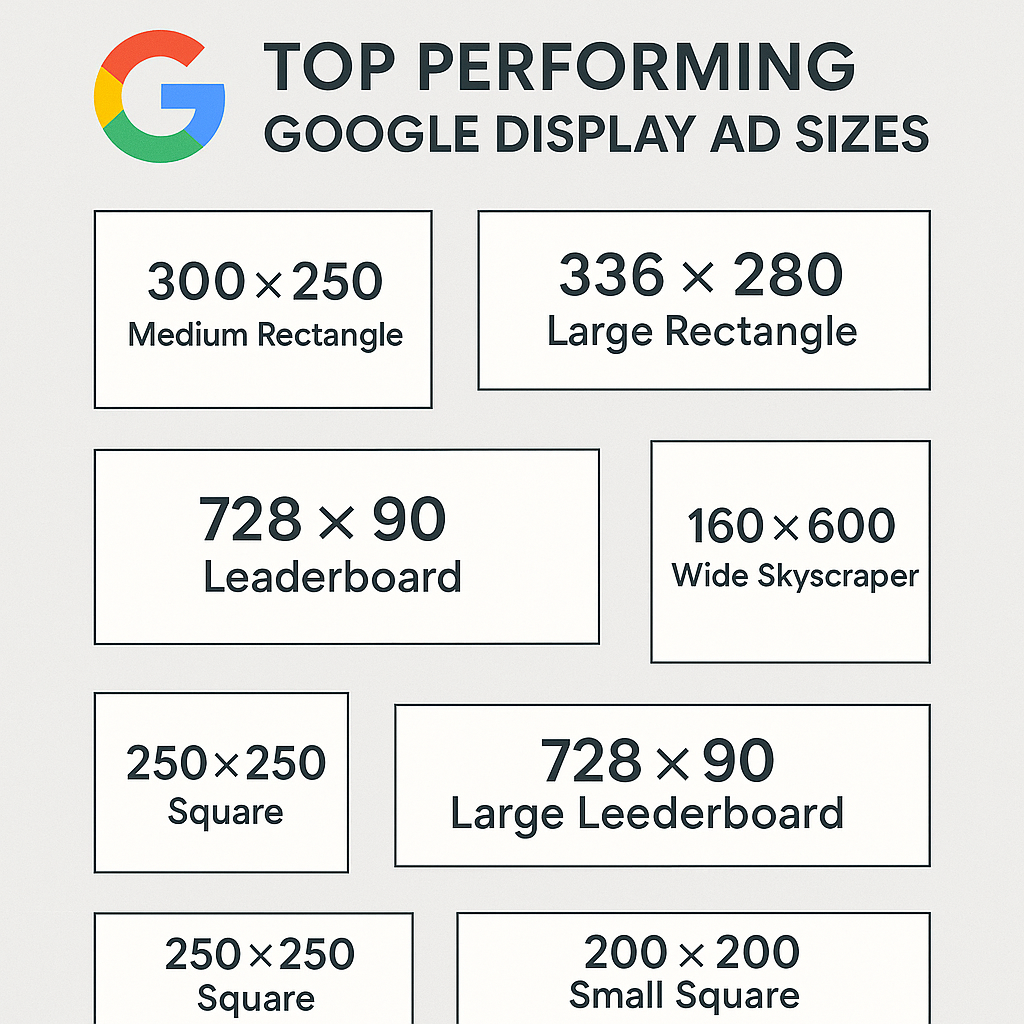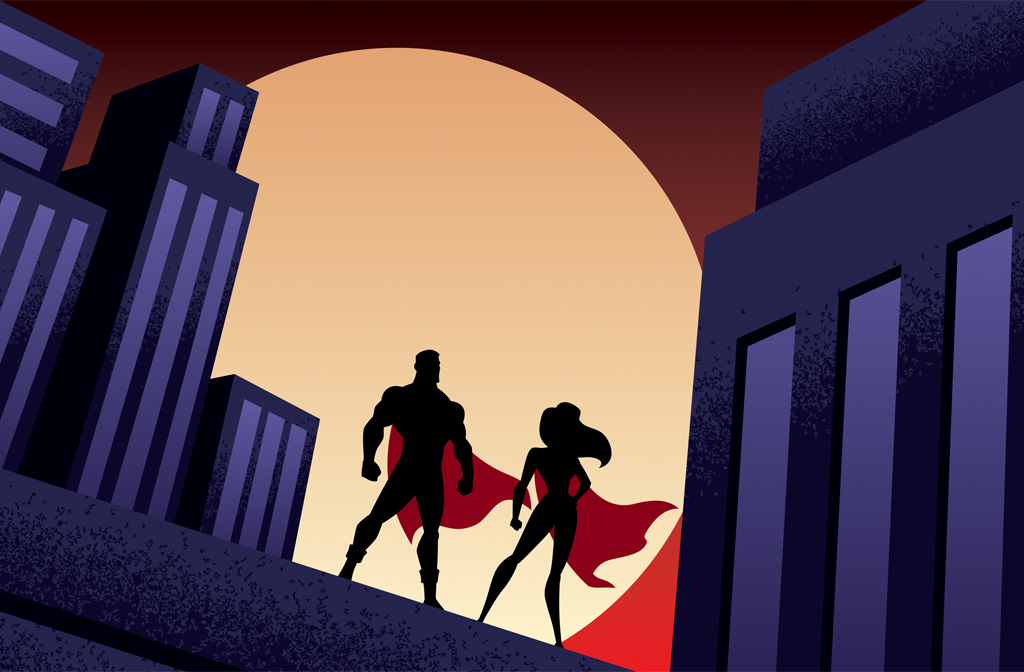The digital frontier is no longer defined solely by what users see, but by the invisible architecture that powers their experience. As websites become more intelligent, immersive, and personal, the foundational technologies—the web development stack—have evolved from a simple choice of languages to a strategic decision that dictates a brand’s performance, scalability, and even its environmental footprint. The days of a one-size-fits-all approach are gone. Today, building a successful online presence means selecting a stack that is not only powerful and efficient but also deeply aligned with the values of sustainability and performance.
The consequences of a poorly chosen stack are far-reaching. A slow, resource-intensive website can lead to high bounce rates, poor SEO rankings, and a negative user experience, directly impacting a business’s bottom line. Furthermore, in an increasingly eco-conscious world, the energy consumption of data centers and inefficient code is coming under greater scrutiny. The strategic imperative is clear: the most successful brands of tomorrow will be built on foundations that are fast, scalable, and green. This article will explore the pivotal trends shaping the future of web stacks from 2025 to 2030 and outline the key factors businesses must consider to build a truly future-proof and effective online presence.
The Evolving Web Stack: Key Trends for 2025-2030
The technological underpinnings of the web are undergoing a revolution, marked by a move towards more decoupled, efficient, and intentional architectures.
1. The Rise of the Composable Architecture
The era of monolithic applications is giving way to composable architectures, where websites are built like a collection of interchangeable, best-of-breed services. This “headless” approach separates the front end (what the user sees) from the back end (the content and business logic), offering unprecedented flexibility.
- JAMstack (JavaScript, APIs, Markup): This stack remains a dominant force, leveraging pre-rendered static content, client-side JavaScript, and third-party APIs. By serving pre-built HTML files from a Content Delivery Network (CDN), JAMstack sites are incredibly fast, secure, and scalable. This approach is ideal for content-heavy sites, e-commerce, and any application where performance is a top priority.
- Headless CMS: Decoupled from the presentation layer, a headless CMS (like Sanity or Contentful) allows content creators to publish content that can be served to any front end, from a website to a mobile app or a WebXR experience. This freedom allows developers to use the best front-end frameworks—like React, Next.js, or Svelte—while content teams maintain a unified source of truth.
- Serverless and Edge Computing: The shift towards serverless functions (e.g., AWS Lambda, Cloudflare Workers) and edge computing (delivering content from servers closer to the user) is supercharging this composable approach. This allows developers to run small, efficient snippets of code without managing servers, leading to lower costs and dramatically reduced latency.
2. The New Front End: Performance and Developer Experience
While frameworks like React and Vue.js continue to dominate, the focus has shifted to frameworks that prioritize performance and developer experience out-of-the-box.
- Next.js: Next.js has become a go-to for its full-stack capabilities, offering flexible rendering options like Server-Side Rendering (SSR) and Static Site Generation (SSG) that are crucial for SEO and performance. Its integrated approach and growing ecosystem make it a strong choice for businesses building complex, high-traffic applications.
- Svelte and Qwik: Newer frameworks like Svelte and Qwik are challenging the established order by moving more work to the build phase. Svelte compiles code into tiny, vanilla JavaScript bundles, while Qwik introduces “resumability” to load pages instantly with zero JavaScript by default. These frameworks are pushing the boundaries of web performance, offering lightning-fast user experiences with minimal client-side overhead.
- WebAssembly (Wasm): While not a direct replacement for JavaScript, WebAssembly is gaining traction for high-performance tasks like 3D graphics, video editing, and complex data processing directly in the browser. This technology is crucial for building the immersive and interactive experiences that will define the future web.
3. Back-End Innovation: Beyond the Traditional
The back-end landscape is also evolving, with new languages and runtimes challenging the dominance of Node.js and Python.
- Bun.js and Deno: Written in the faster programming language Zig, Bun.js is emerging as a direct competitor to Node.js, offering a dramatically faster runtime and a built-in package manager. Similarly, Deno, created by the original developer of Node.js, is gaining popularity for its secure-by-default architecture and native TypeScript support.
- AI-Driven Development: AI tools like GitHub Copilot and other generative AI platforms are transforming the back-end development workflow. They are assisting developers with everything from code generation to automated testing and debugging, allowing teams to build more robust and efficient systems in less time.
4. The Green Stack: Designing for Sustainability
In an age of climate consciousness, the energy consumption of a website is a critical design consideration. The “green stack” is a new philosophy that prioritizes reducing environmental impact through every layer of the technology stack.
- Green Hosting: Choosing a hosting provider that uses renewable energy sources is the single most impactful step. Companies that power their data centers with wind, solar, or hydropower significantly reduce the carbon footprint of the websites they host.
- Leaner Code and Optimization: The principles of sustainable design align perfectly with performance. This includes:
- Minimizing Code: Using lightweight frameworks and minifying CSS and JavaScript to reduce file sizes.
- Image Optimization: Employing modern image formats like WebP or AVIF and using lazy loading to ensure images only load when they are visible.
- Dark Mode: Implementing a dark theme option for websites can reduce the energy consumption of devices with OLED or AMOLED screens, a practice that benefits both users and the environment.
Conclusion: Making a Strategic Choice
The future of web design is inseparable from the future of web development stacks. The decisions made at the architectural level—from the choice of a front-end framework to the hosting provider—directly influence a website’s performance, scalability, and ethical standing.
The analysis shows that success in this new era requires a shift in mindset. Businesses must move beyond simply choosing the trendiest stack and instead make a strategic, holistic decision that considers their specific goals. Whether it’s prioritizing ultra-fast load times with a JAMstack approach, building complex applications with Next.js, or embracing the full power of a composable architecture, the foundation must be chosen with intention. By prioritizing performance, embracing modularity, and committing to sustainable practices, businesses can build digital presences that are not only future-proof but also responsible, effective, and primed for long-term growth in an ever-evolving digital world.











Leave a Reply